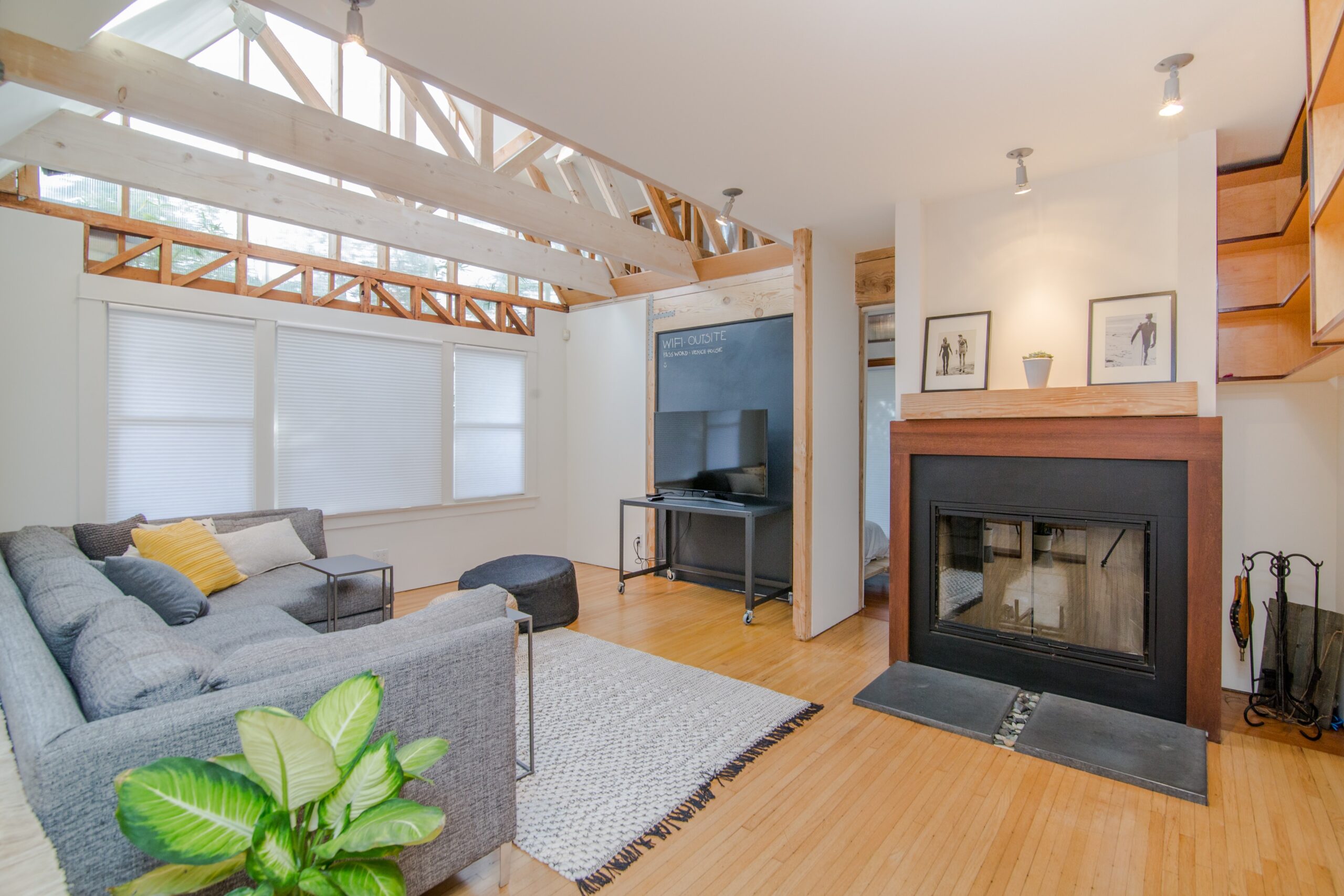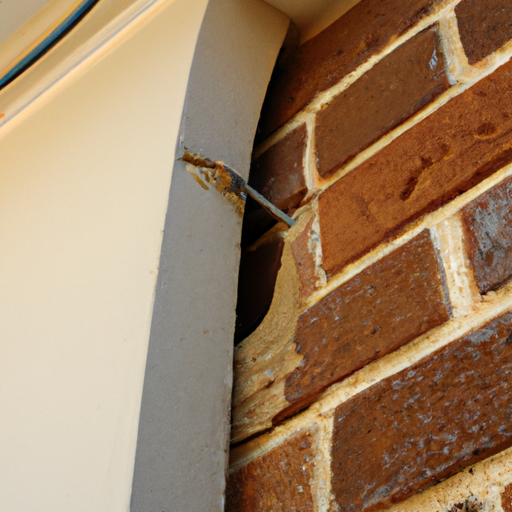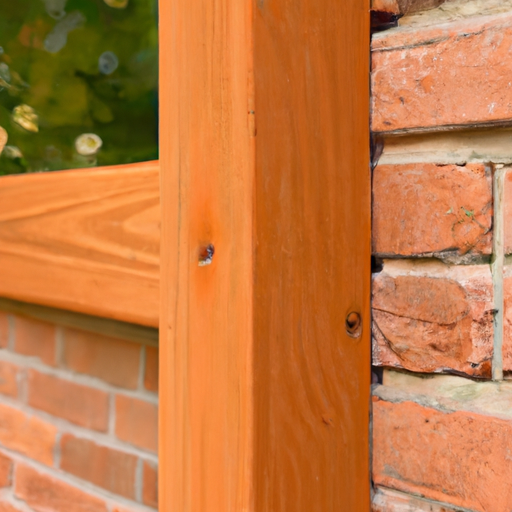
Thinking of installing a lintel in your home, but unsure if you have what it takes to do it yourself? Look no further for answers! In this article, we will explore the question on everyone’s mind: “Can I install a lintel myself?” Whether you’re a seasoned DIY enthusiast or a complete novice, we’ll provide you with the information you need to make an informed decision about this home improvement project. So put on your tool belt, grab your hard hat, and let’s get started on this lintel installation adventure!
What is a lintel?
A lintel is a horizontal beam that spans an opening in a wall, providing structural support to the wall and distributing the load above it. Lintels are commonly used in construction to support windows, doors, or other openings in load-bearing walls. They can be made of various materials, such as steel, concrete, or wood, depending on the requirements of the structure.
When considering whether to install a lintel yourself, there are several factors to take into account. It is essential to assess the load-bearing capacity of the wall, determine the appropriate lintel size, obtain necessary permits and permissions, gather the required tools and materials, ensure safety precautions, and calculate the cost involved.
Factors to consider before installing a lintel
Assessing the load-bearing capacity of the wall
Before installing a lintel, it is crucial to assess the load-bearing capacity of the wall. Load-bearing walls are designed to support the weight of the structure above them, and altering or removing a section of these walls can significantly impact the structural integrity of the building. Therefore, it is essential to consult with a structural engineer or a professional contractor to determine the feasibility of installing a lintel and understand any necessary reinforcements or modifications that may be required.
Determining the appropriate lintel size
Choosing the right size of the lintel is vital to ensure adequate support for the load above the opening. The size of the lintel will depend on factors such as the span of the opening, the weight it needs to support, and the materials used in its construction. It is essential to consult with a professional to determine the appropriate lintel size and ensure proper distribution of the load.
Obtaining necessary permits and permissions
Before starting any construction work, it is crucial to obtain the necessary permits and permissions from local authorities. Installing a lintel may require approval from building control or planning departments to ensure compliance with building regulations and safety standards. Failure to obtain the required permits can lead to legal consequences and may also affect the resale value of the property. Therefore, it is essential to check with the local authorities and adhere to the necessary procedures before proceeding with the installation.
Gathering the required tools and materials
To install a lintel, you will need the proper tools and materials. The specific requirements may vary depending on the type of lintel and the construction method. Typically, you will need tools such as a tape measure, spirit level, chisel, mallet, brick hammer, safety goggles, and a drill. The materials required may include the lintel itself, mortar, bricks or blocks, and any necessary reinforcing materials. It is essential to gather all the required tools and materials before starting the installation to ensure a smooth and efficient process.
Ensuring safety precautions
Safety should always be a top priority when undertaking any construction project. Installing a lintel can involve heavy lifting, working at heights, and handling power tools. It is important to take the necessary safety precautions to prevent accidents and injuries. This may include wearing appropriate personal protective equipment, such as safety goggles and gloves, using proper lifting techniques, ensuring a stable and secure working platform, and following all safety guidelines and regulations.
Calculating the cost involved
Before installing a lintel, it is essential to calculate the cost involved in the project. This includes not only the cost of the lintel and materials but also any professional fees, permits, and potential additional expenses due to unforeseen complications. By assessing the cost in advance, you can ensure that you have budgeted appropriately and avoid any financial strain during the installation process.
Step-by-step guide to installing a lintel
Now that you have considered the necessary factors, here is a step-by-step guide to help you install a lintel:
1. Gathering the materials and tools
Start by gathering all the required materials and tools. This may include the lintel, mortar, bricks or blocks, reinforcing materials, safety goggles, gloves, tape measure, spirit level, chisel, mallet, brick hammer, and drill.
2. Measuring and marking the lintel position
Measure and mark the position where the lintel will be installed. Use a tape measure and a spirit level to ensure accuracy and levelness. Double-check the measurements and make any necessary adjustments before proceeding.
3. Removing bricks or blocks
Carefully remove the bricks or blocks that will be replaced by the lintel. Use a chisel, mallet, or brick hammer to carefully chip away at the mortar and loosen the bricks or blocks. Take caution not to damage any adjacent bricks or blocks.
4. Inserting the lintel
Once the opening is prepared, carefully insert the lintel into the space. Ensure that it is level and aligned with the surrounding wall. If necessary, use shims or additional support to ensure proper alignment and stability.
5. Applying mortar and reattaching the bricks or blocks
Apply mortar to the top of the lintel and carefully reattach the bricks or blocks in their original positions. Take care to ensure that they are properly aligned and level with the existing wall. Use a spirit level to check for accuracy and make any necessary adjustments.
6. Rebuilding the wall
Once the bricks or blocks are reattached, rebuild the wall by applying mortar between the joints and sealing any gaps or cracks. Take your time to ensure that the wall is properly sealed and has a uniform appearance.
7. Checking for stability and proper installation
After completing the installation, check the stability and proper alignment of the lintel and the wall. Examine the surrounding areas for any signs of damage or weakness. It is important to ensure that the lintel is securely in place and that the wall maintains its structural integrity.

Common mistakes to avoid
While installing a lintel yourself is possible, there are some common mistakes that should be avoided to ensure a successful and safe installation:
Insufficiently assessing the load-bearing capacity
One of the most critical mistakes is not properly assessing the load-bearing capacity of the wall. Failure to accurately determine the wall’s ability to support the load can lead to structural failures and potential hazards. It is essential to consult with professionals who can assess the structural integrity and provide guidance on any necessary reinforcements.
Using incorrect lintel size
Choosing the wrong size of the lintel can also have severe consequences. An undersized lintel may not adequately support the load, causing the wall to sag or collapse. On the other hand, an oversized lintel can be unnecessarily expensive and may cause difficulties during the installation process. It is crucial to consult with professionals to determine the appropriate lintel size for your specific needs.
Improper insertion and alignment
Incorrect insertion and alignment of the lintel can lead to stability issues and compromise the structural integrity of the wall. It is essential to take the necessary time and care to ensure proper placement and alignment. Using shims or additional support as needed can help achieve the desired stability and alignment.
Inadequate reinforcement
In some cases, additional reinforcement may be required to strengthen the lintel and the surrounding wall. Neglecting this crucial step can result in the lintel failing under the load or the wall becoming unstable. Proper reinforcement should be determined by a professional, and additional measures should be taken as necessary.
Neglecting mortar application
The proper application of mortar is essential to ensure a strong and stable lintel installation. Neglecting to apply mortar adequately between the joints or failing to seal any gaps or cracks can compromise the integrity of the wall. Take the time to carefully apply mortar and ensure that it is evenly distributed and securely holds the bricks or blocks in place.
Neglecting structural integrity
Finally, neglecting overall structural integrity can lead to long-term problems and unsafe conditions. It is important to consider the impact of installing a lintel on the overall structure of the building. Any modifications made should be in line with the building regulations and guidelines to ensure a structurally sound result.

Benefits of hiring a professional
While it is possible to install a lintel yourself, there are several benefits to consider when hiring a professional for the job:
Expert knowledge and experience
Professionals have the necessary knowledge and experience to assess the structural requirements, select the appropriate lintel size, and ensure proper installation. Their expertise can help identify and address any potential challenges or complications, ensuring a safe and successful outcome.
Ensured compliance with regulations
Building regulations and safety standards play a crucial role in any construction project. Hiring a professional ensures that the lintel installation is done in accordance with the required regulations. This can help prevent future issues and ensure that your property meets all necessary standards.
Reduced risks of mistakes and damage
Installing a lintel involves various technical aspects, and any mistakes can have serious consequences. Professionals understand the intricacies of the process and can minimize the risks of errors and damage. Their expertise can help you avoid costly and time-consuming repairs or replacements down the line.
Time and effort-saving
Installing a lintel can be a time-consuming and labor-intensive task. Hiring a professional allows you to save time and effort by entrusting the job to someone with the necessary skills and resources. This frees up your time to focus on other aspects of your project or personal life.
Peace of mind
Perhaps one of the most significant benefits of hiring a professional is the peace of mind it brings. Knowing that the installation is being carried out by qualified individuals who prioritize safety and quality can give you confidence in the longevity and reliability of the work.

Conclusion
While it may be possible to install a lintel yourself, it is crucial to consider various factors before embarking on the project. Assessing the load-bearing capacity of the wall, choosing the appropriate lintel size, obtaining necessary permits, gathering the right tools and materials, ensuring safety precautions, and calculating the cost involved are essential aspects that require careful consideration. Moreover, understanding common mistakes to avoid and the benefits of hiring a professional can help you make an informed decision. By weighing these factors and following the necessary steps, you can successfully install a lintel and enhance the structural integrity of your building.












